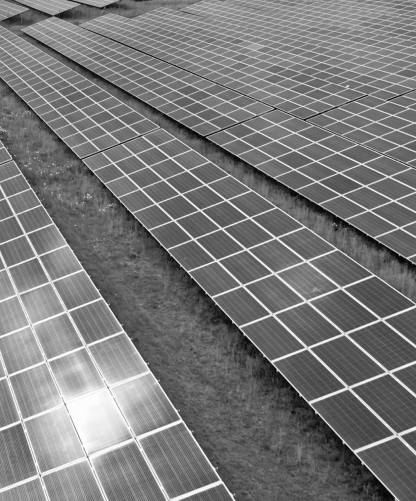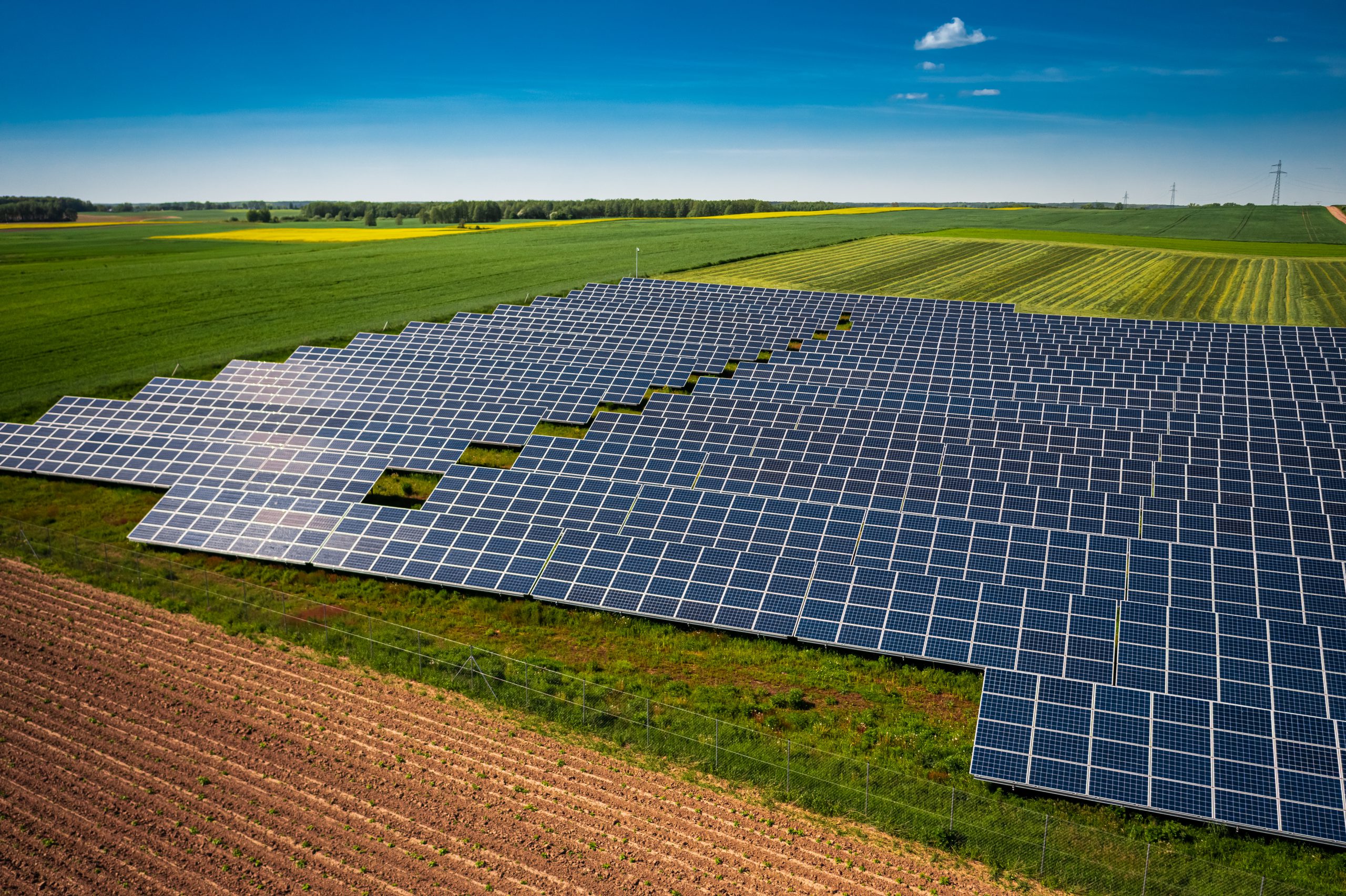quick facts
Utility-scale Solar

megawatts of utility-scale solar projects currently operating
introduction
Utility-scale Solar Power
Utility-scale solar has been generating reliable, clean electricity with a stable fuel price for decades. Solar power plants can be developed in a way that balances environmental protection with our energy demands and climate goals. By enacting federal policies to accelerate growth of utility-scale solar, we can continue creating jobs nationwide and diversifying America’s energy portfolio. Developing utility-scale solar power is one of the fastest ways to reduce carbon emissions and put the United States on a path to a clean energy future.

research
What's in a Megawatt?
Solar is a variable resource, but by aggregating data across states, market segments, and seasons, we provide an average estimate of how many homes 1 Megawatt of solar energy can power, allowing for easier communication of the scale of a project, a state market, or the entire U.S. solar industry.
Read More ->
What distinguishes utility-scale solar from distributed generation is both project size and the fact that the electricity is sold to wholesale utility buyers, not end-use consumers. Utility-scale solar plants provide the benefit of fixed-priced electricity during peak demand periods when electricity from fossil fuels is the most expensive.
Many utility-scale solar designs can also include energy storage capacity that provides power when the sun is not shining, and increases grid reliability and resiliency. Utility customers have repeatedly endorsed investments in utility-scale solar plants.
Utility-scale solar creates jobs across the supply chain, from R&D and engineering to manufacturing and project finance to development and construction.
quick facts
Utility-scale Solar








